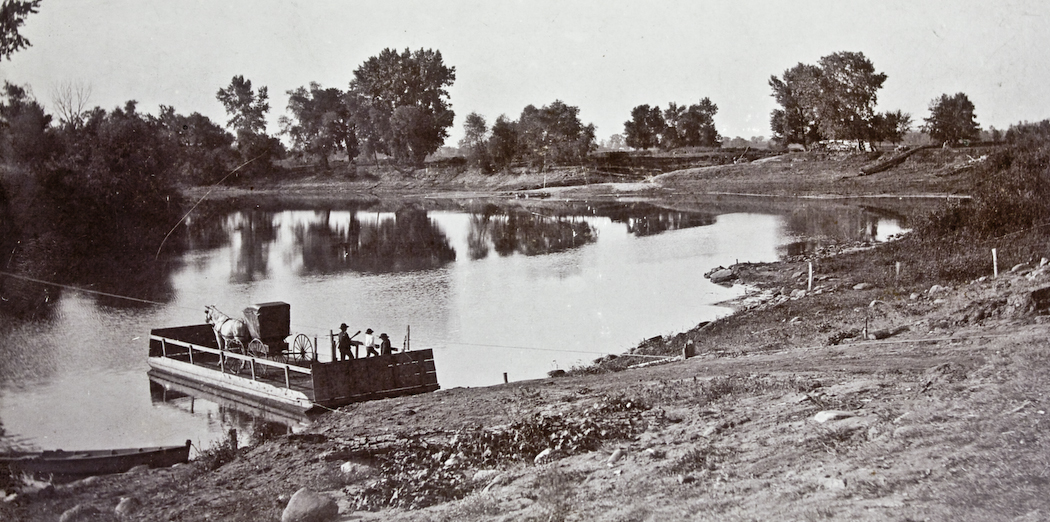
Posted by Realtor David Olson 952.314.9446
History of Eden Prairie Minnesota
History of Eden Prairie, Eden Prairie Realtor, Realtor David Olson, Eden Prairie Homes for Sale
Overview of Eden
Prairie’s History
The city of Eden Prairie got its name from Elizabeth Fries Ellet, an author who visited the land and announced it to be the most beautiful spot in the area. While looking at the scenery, she was sure that the prairie-like land looked like the Garden of Eden, hence the name for the new city. For the most part, the city of Eden Prairie, MN has been slowly growing in population. Between the years of 1880 and 1960, the population grew by about 700 residents. The first inhabitants of Eden Prairie were Native Americans who eventually opened up the land to pioneers through a treaty. On the very same day that our wonderful Minnesota became a state, Eden Prairie had its first town hall meeting in a small log house.
Eden Prairie’s land had very rich soil that produced quality crops. Therefore, over the years the city’s community grew through agriculture. Not only did the city’s inhabitants love to farm, but they also enjoyed the area’s beautiful lakes. Most of the bodies of water in Eden Prairie were named after the city’s first settlers. One example is Bryant’s Long lake, a superb fishing spot, which was named after William V. Bryant in 1852. He was the first settler to fish on that lake.
 In 1854, the first schoolhouse in the city, and the second in the county, was built out of logs. Flying cloud airport became the first major development and landmark in the city, and sparked the cities sudden rapid growth for recreational facilities in the mid 1860’s. In 1856, a law was passed in the state that allowed Richard G. Murphy to use his ferry across the MN River. The ferry was very important to the settlers in that time because it was a better way of transportation across the river than the Native American canoes. This helped to spark an increase in commerce. By 1870, the city took its place on the map with the emergence of highway 494 and the Eden Prairie Shopping Center. A common area to settle became the city’s most popular lake, Staring lake, which is named after the first lakeside resident, Jonah Staring.
In 1854, the first schoolhouse in the city, and the second in the county, was built out of logs. Flying cloud airport became the first major development and landmark in the city, and sparked the cities sudden rapid growth for recreational facilities in the mid 1860’s. In 1856, a law was passed in the state that allowed Richard G. Murphy to use his ferry across the MN River. The ferry was very important to the settlers in that time because it was a better way of transportation across the river than the Native American canoes. This helped to spark an increase in commerce. By 1870, the city took its place on the map with the emergence of highway 494 and the Eden Prairie Shopping Center. A common area to settle became the city’s most popular lake, Staring lake, which is named after the first lakeside resident, Jonah Staring.
Eventually, the city moved away from its primarily agricultural way of living and started to see the growth of several thriving businesses. Today, it is an area in which many companies have established their headquarters, resulting in no shortage of employment opportunities in Eden Prairie. The city has changed from its humble beginning of farming and slow growth. Today, Eden Prairie consists of more than 2,200 businesses, nearly 24,000 households and more than 60,000 residents.
If you have any questions regarding the city of Eden Prairie Minnesota, or it’s schools, parks, lakes, history, or community life, feel free to call Realtor David Olson or visit www.DavidOlsonRealEstate.com. If you would like to sell, buy, or build a home in the Eden Prairie area, or would like talk with an Eden Prairie neighborhood expert, you can reach out to Eden Prairie realtor David Olson at 952.314.9446.
Welcome to “Neighborhood 3” in Chaska
Northeast: Logan Park
Related City Articles
















